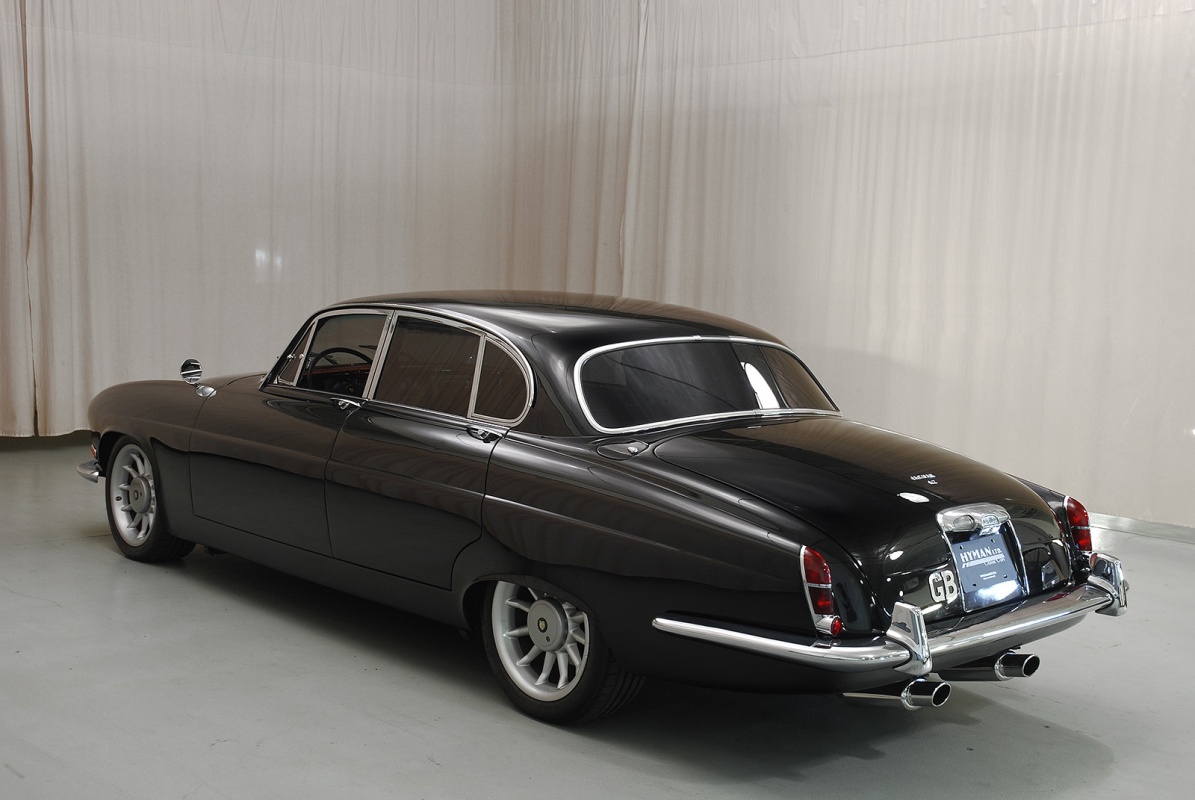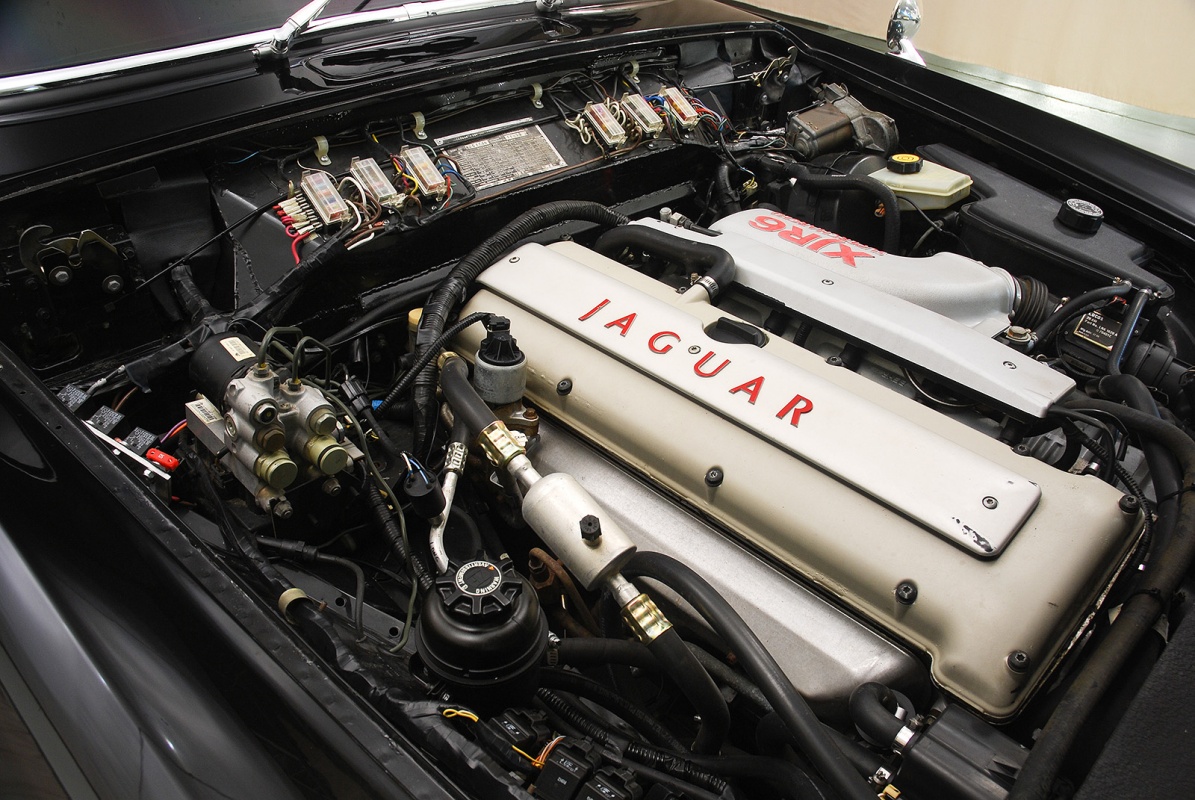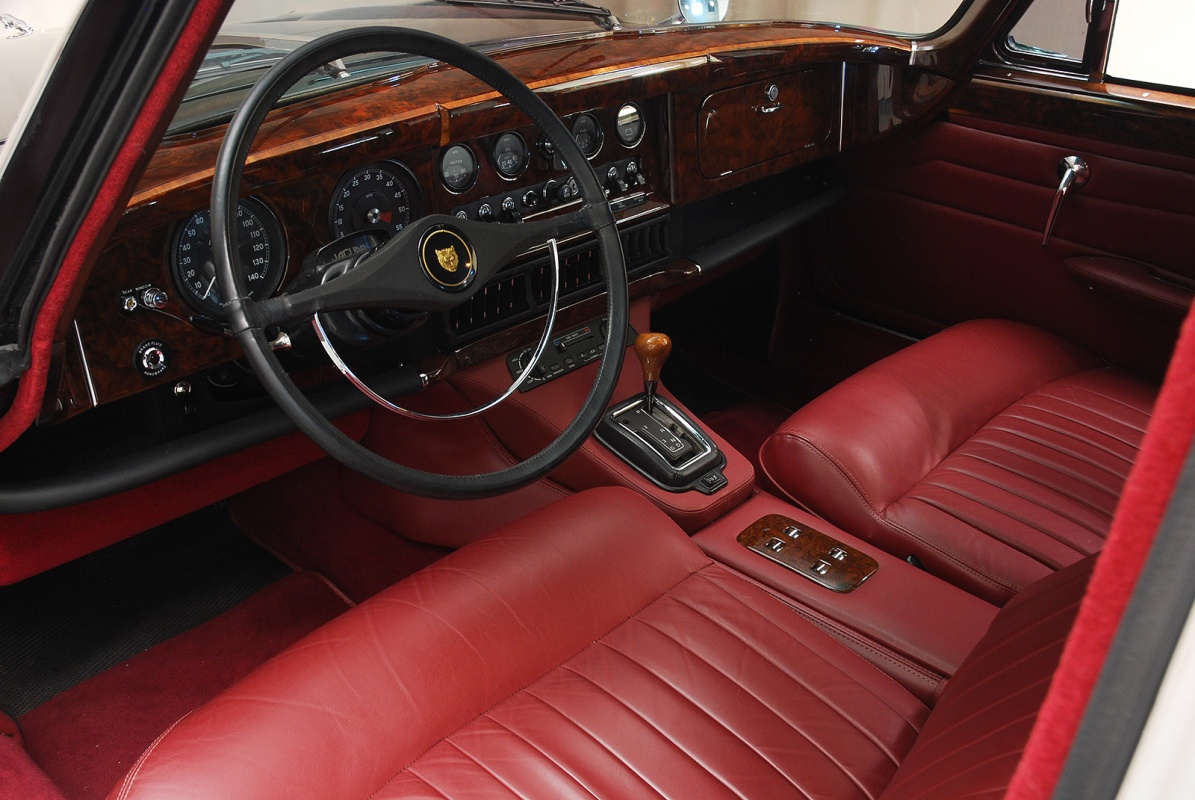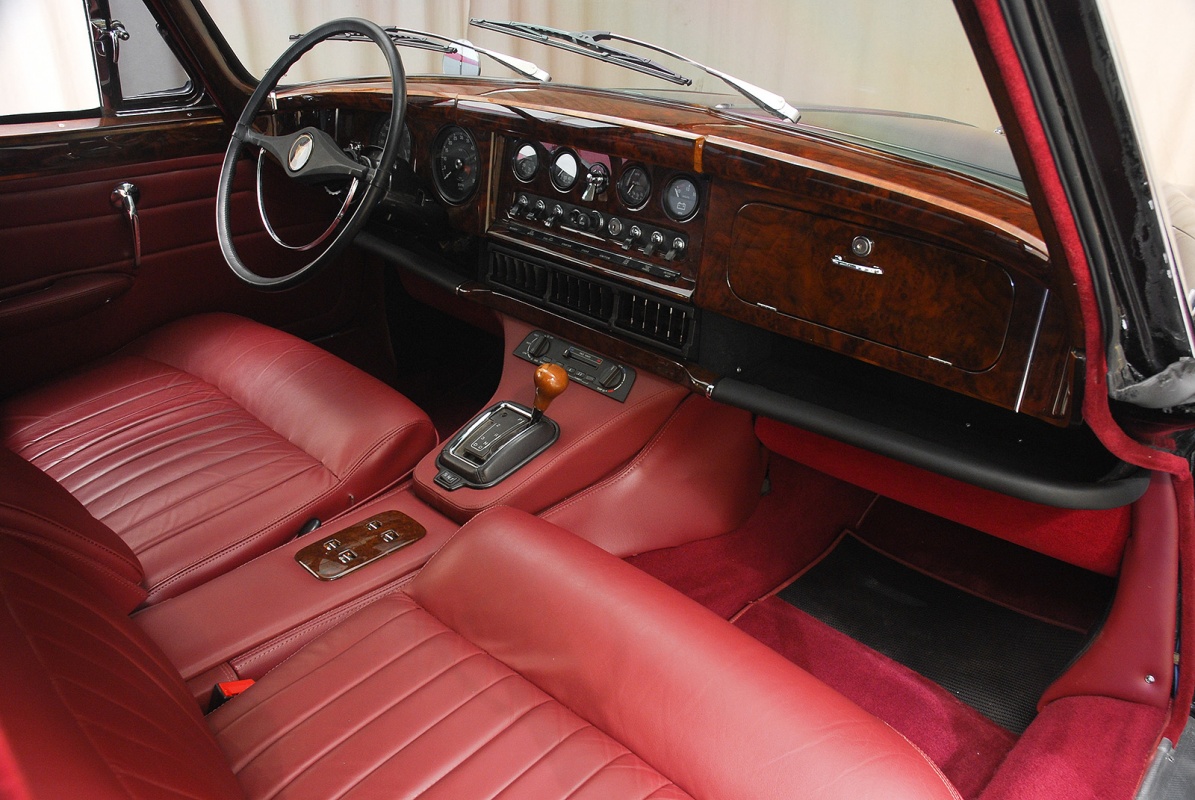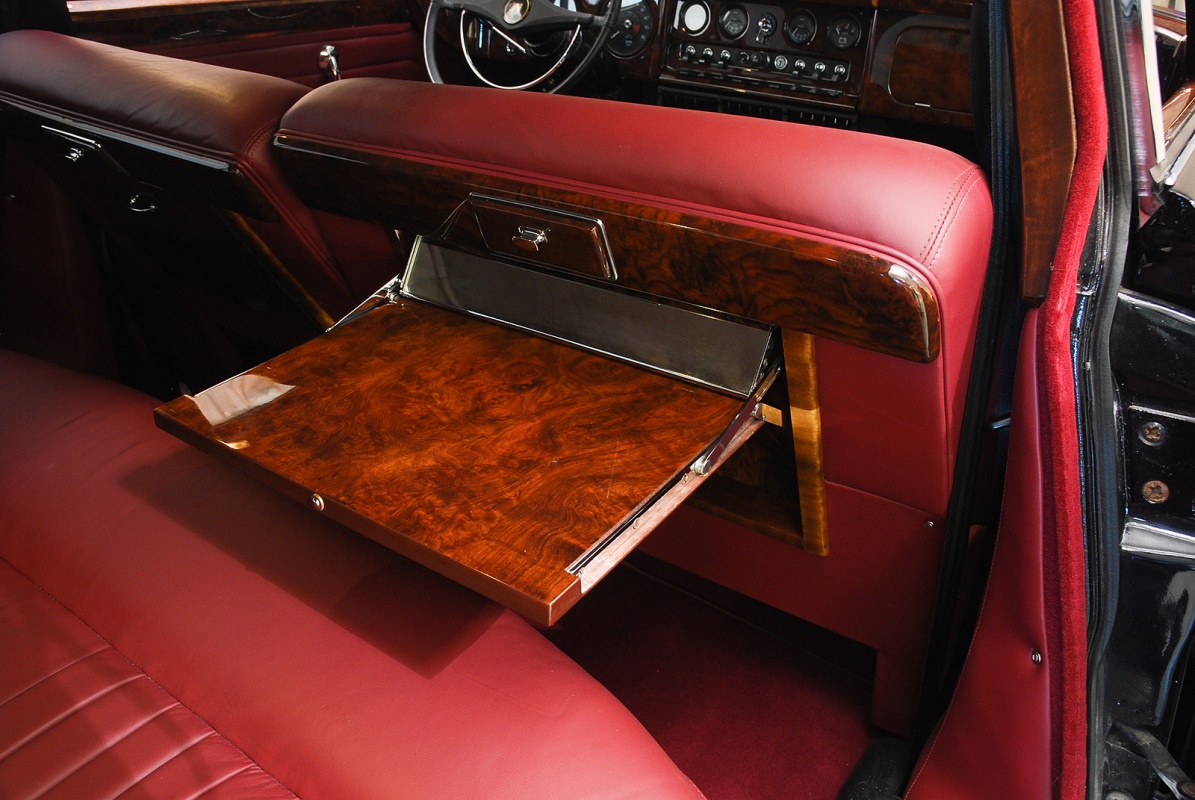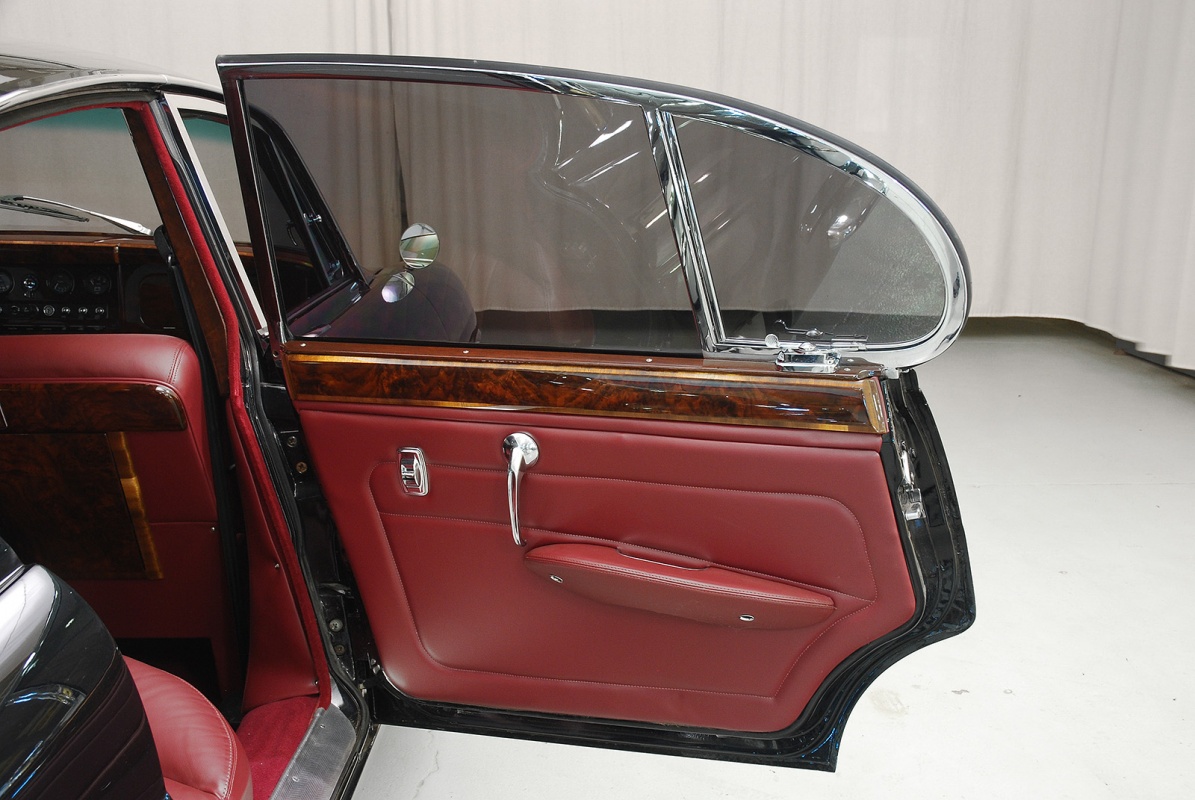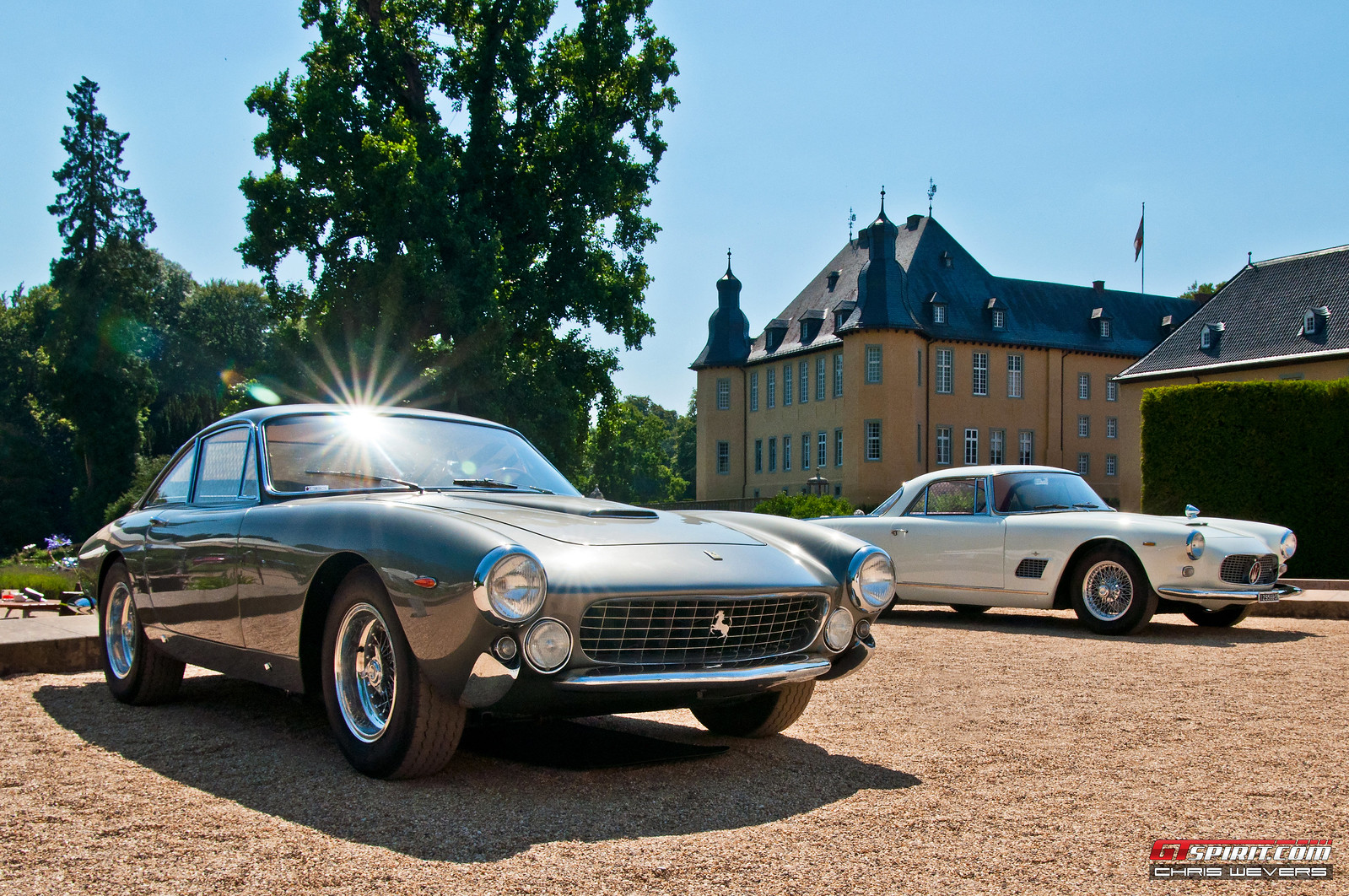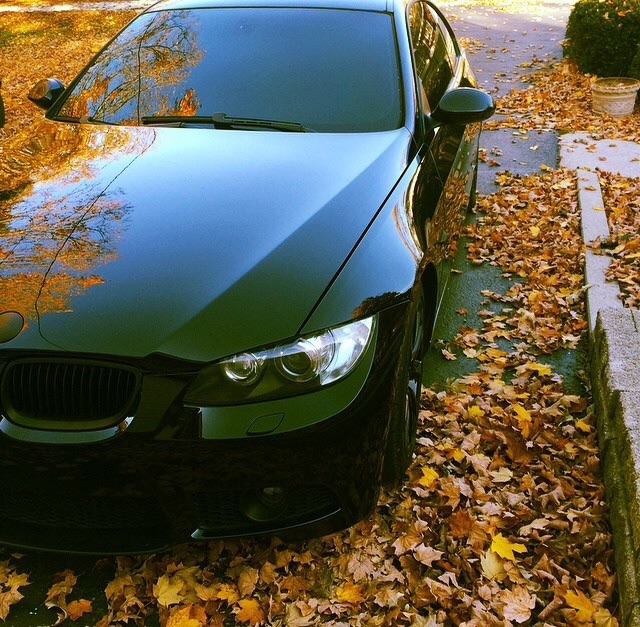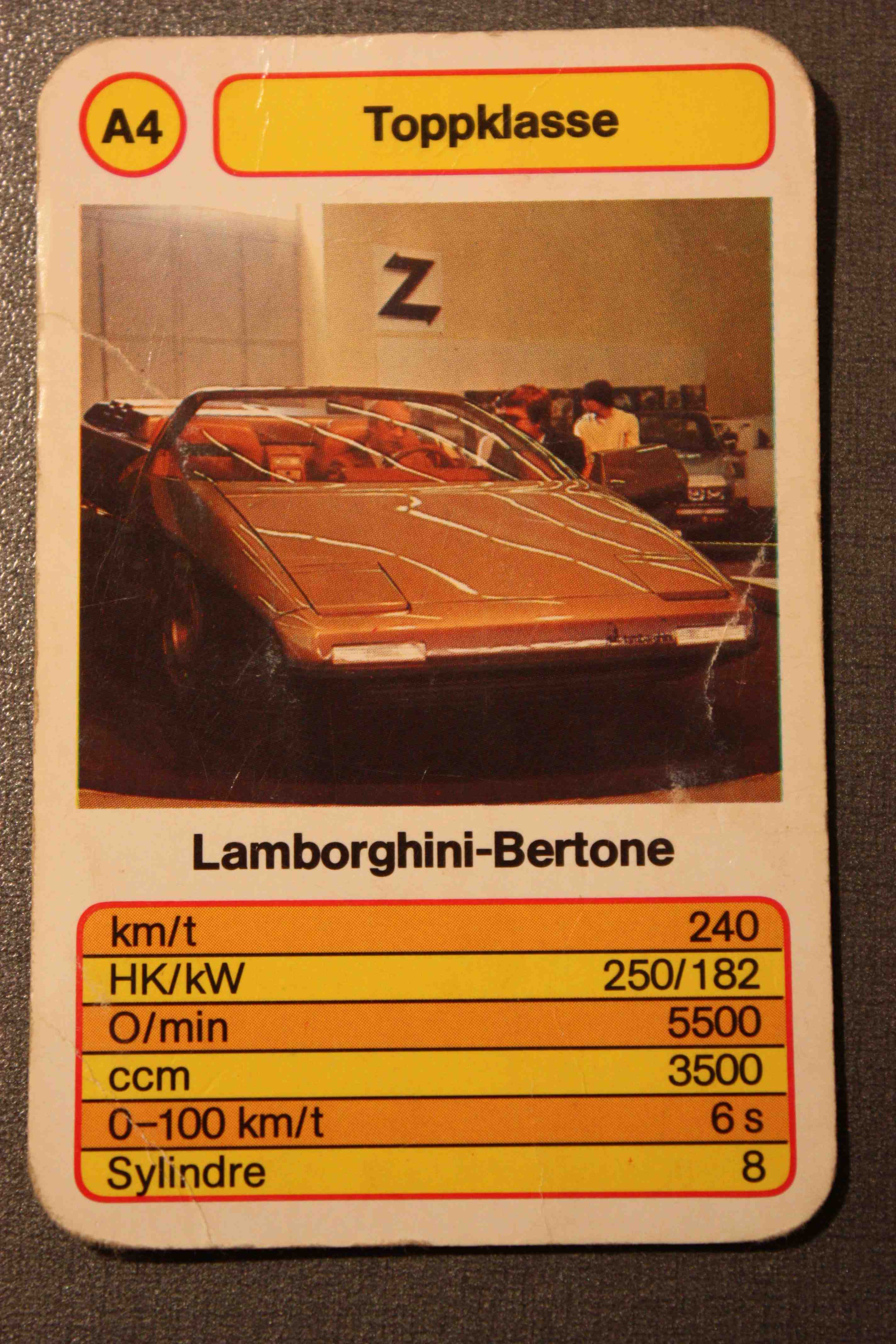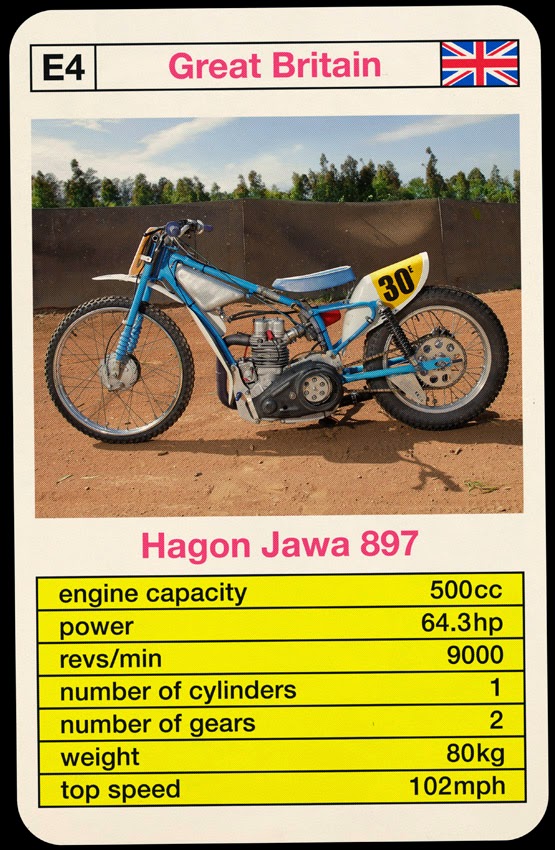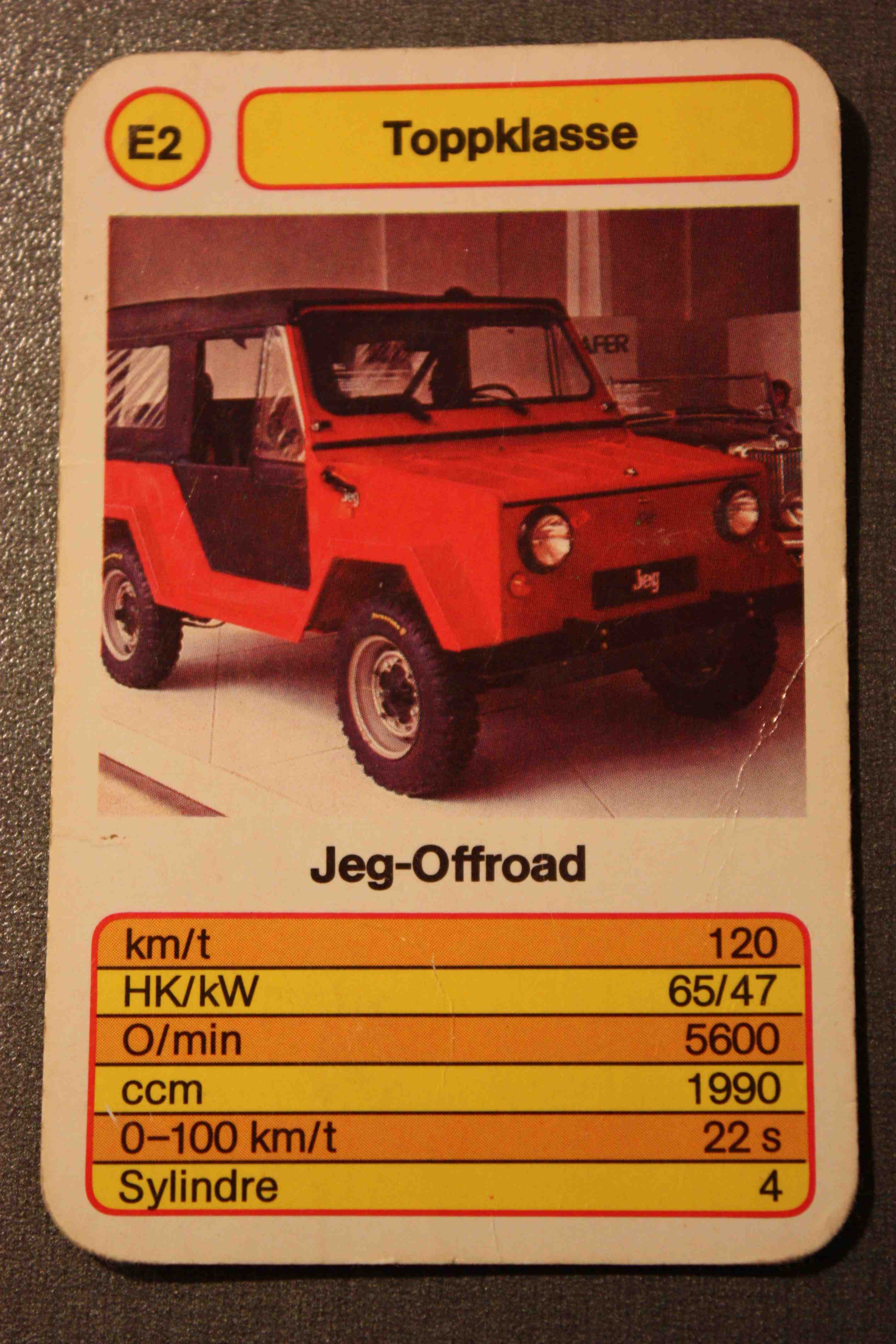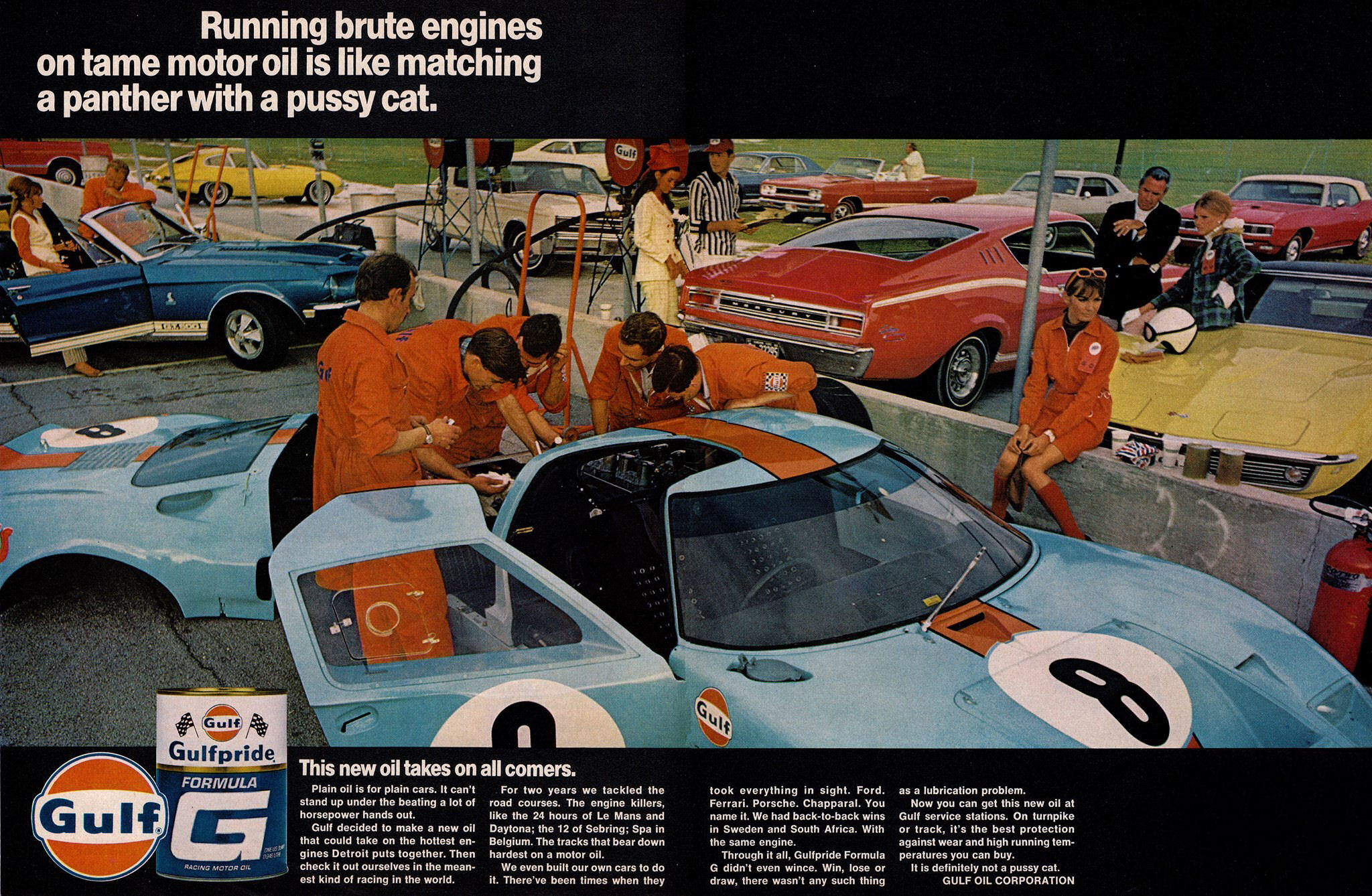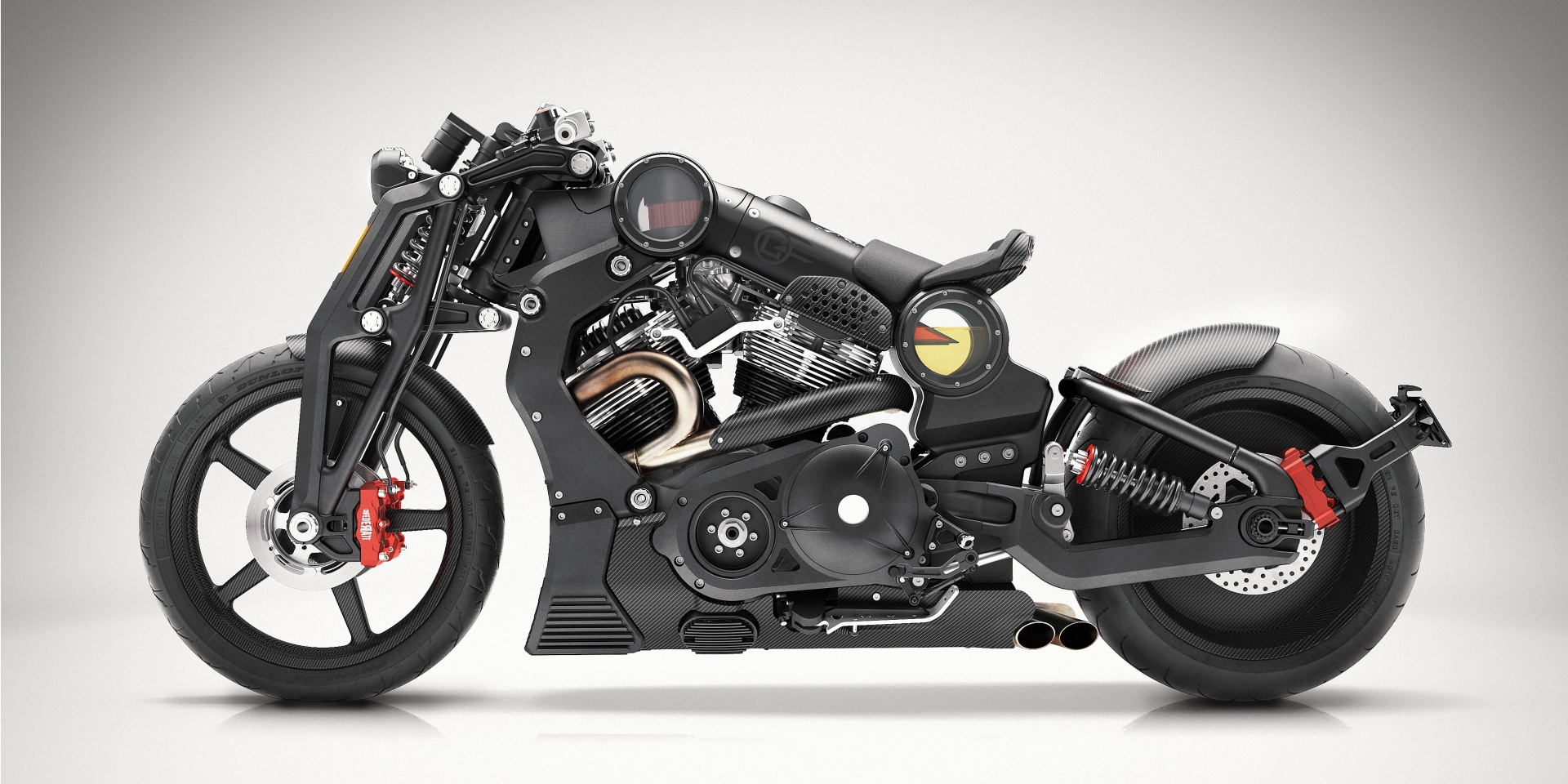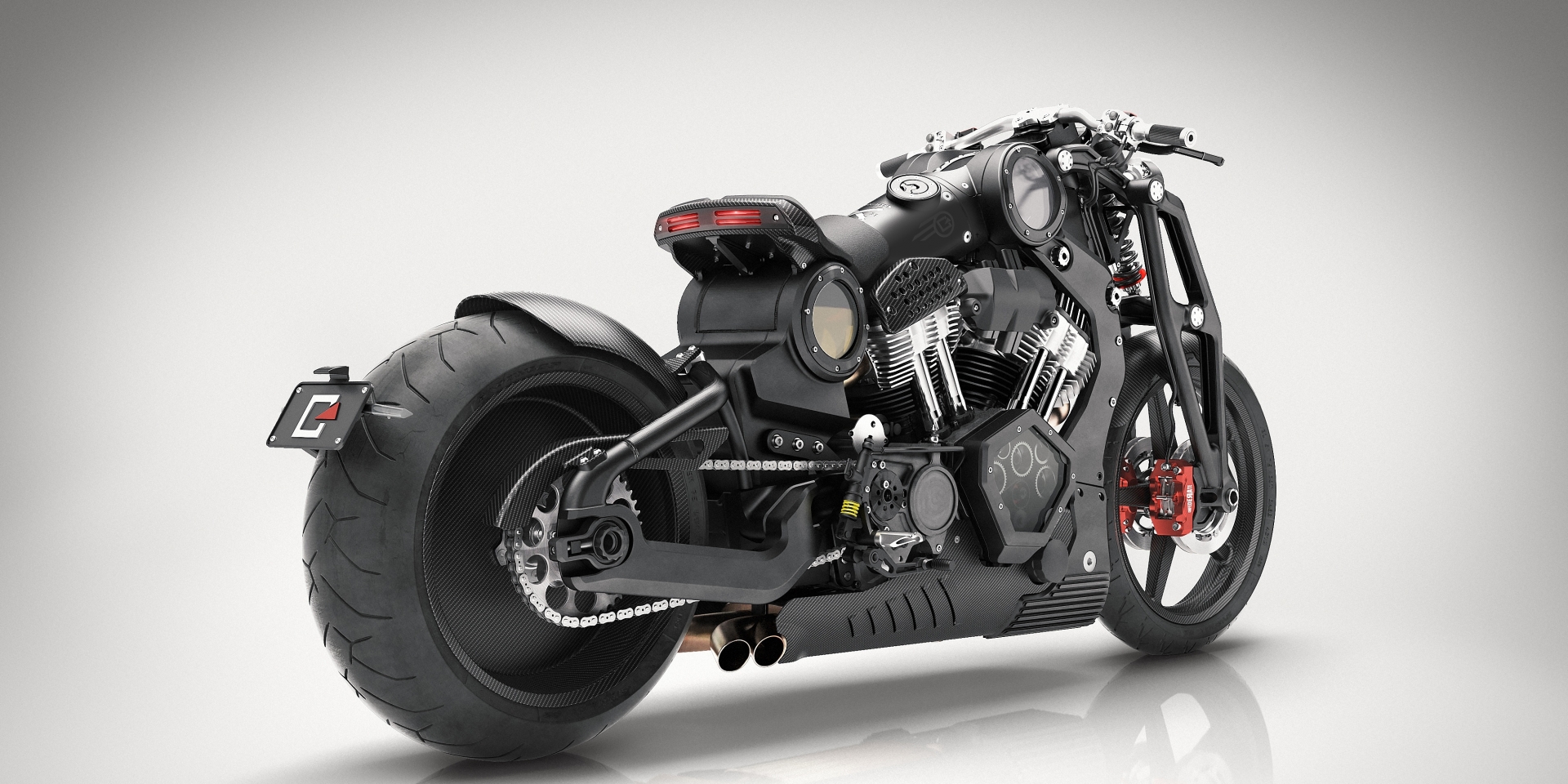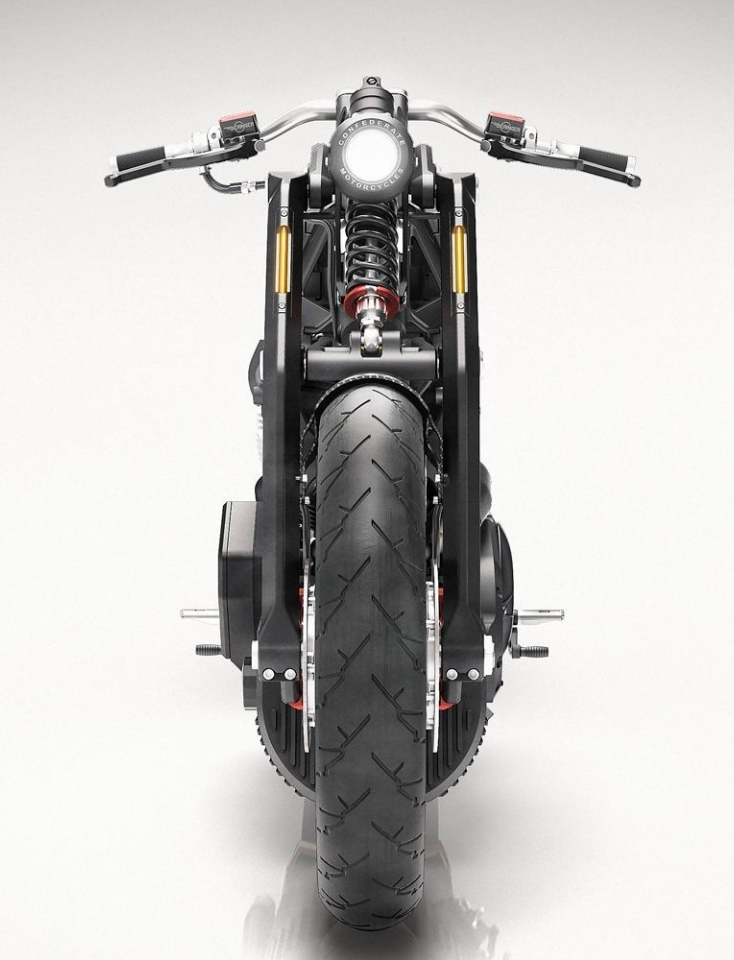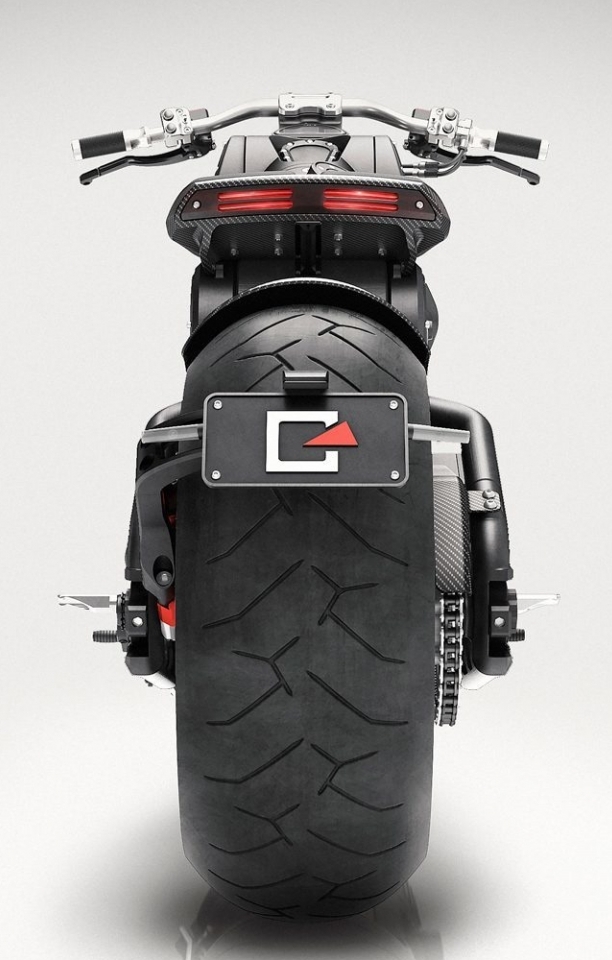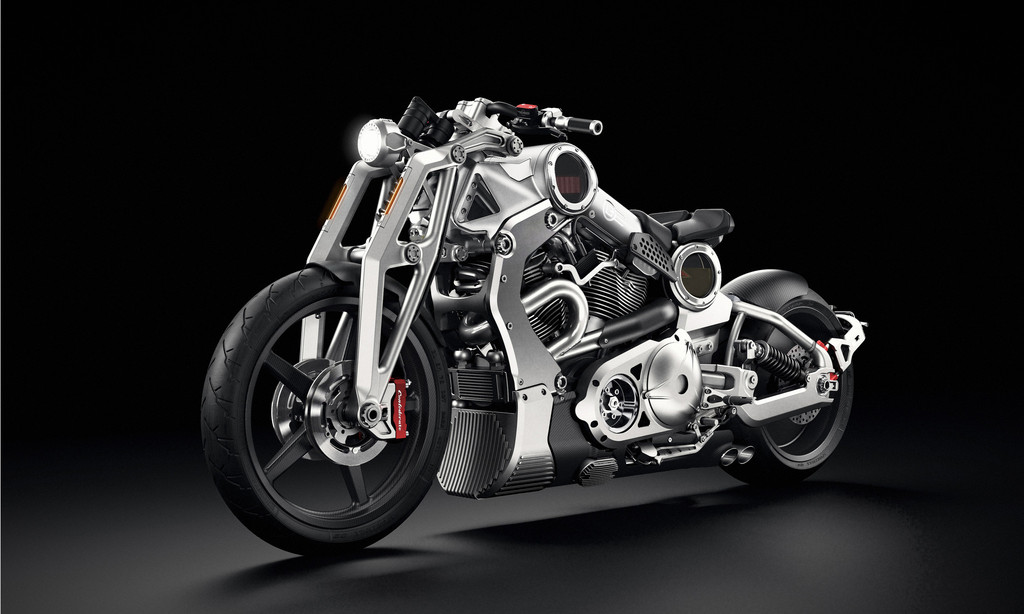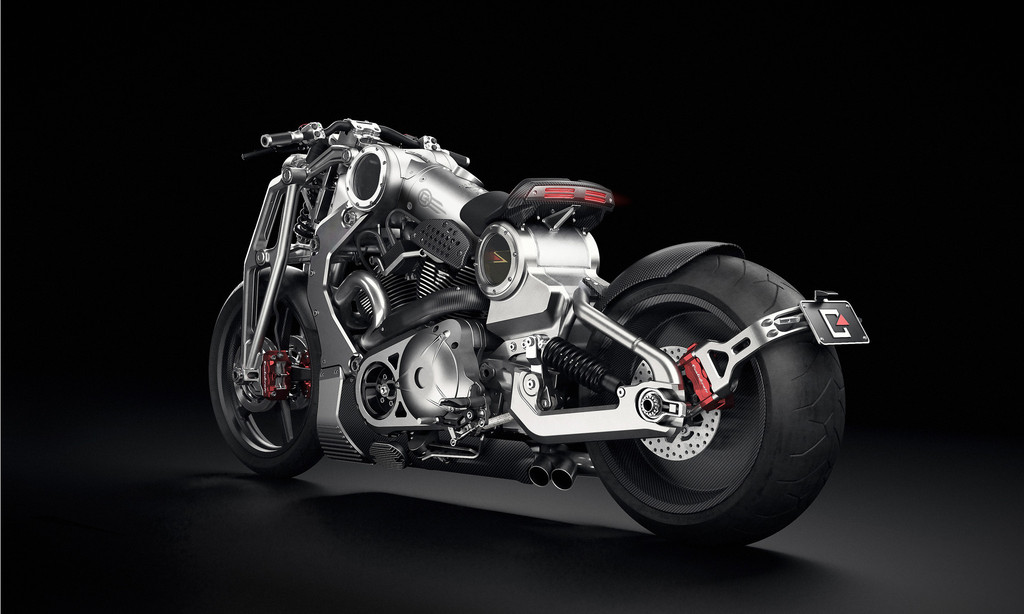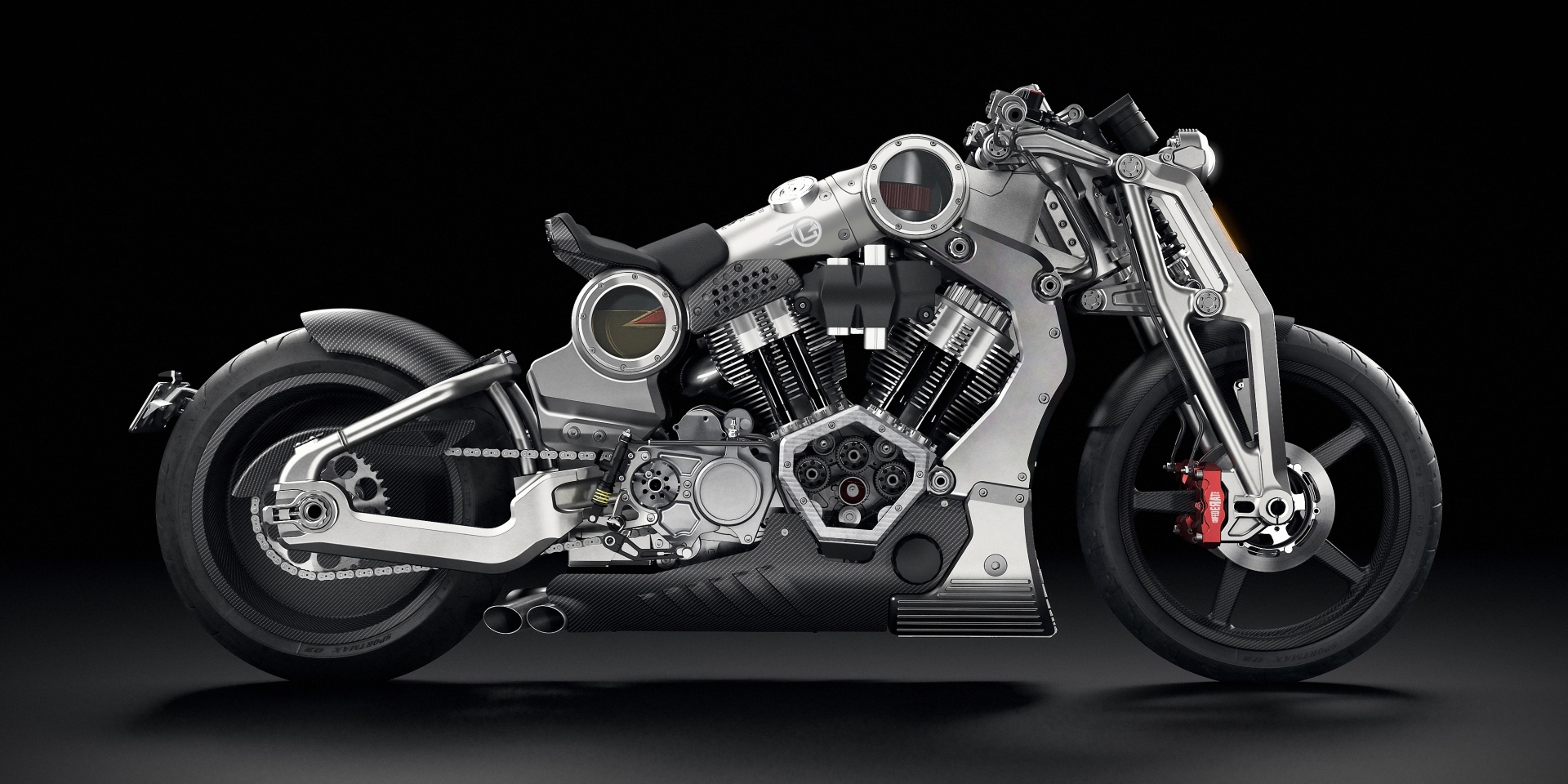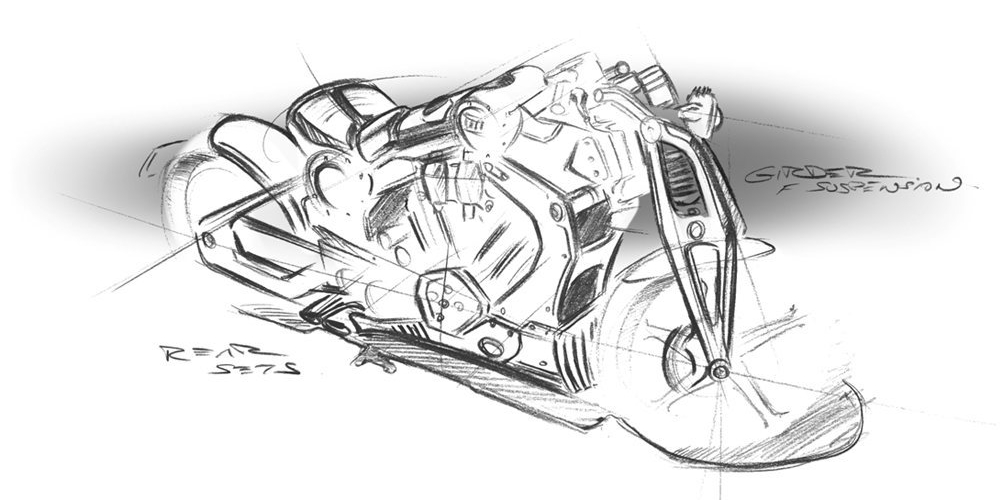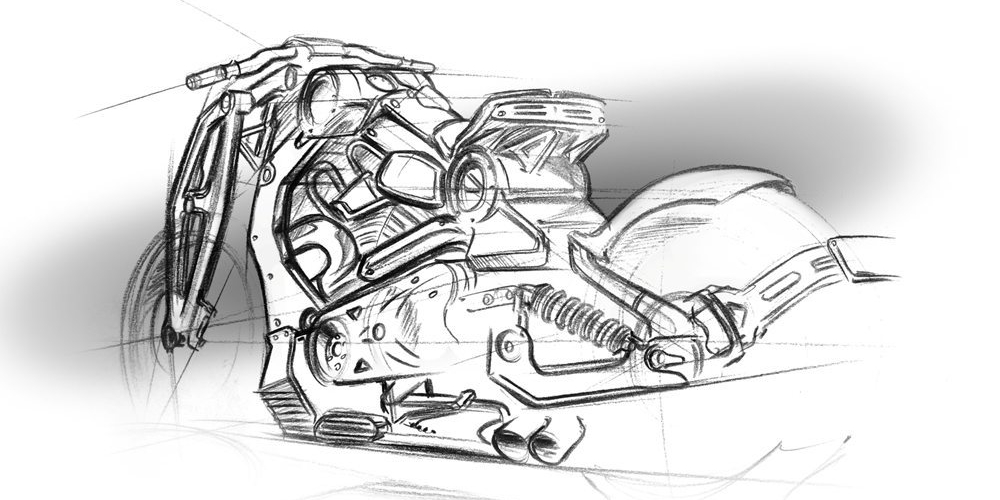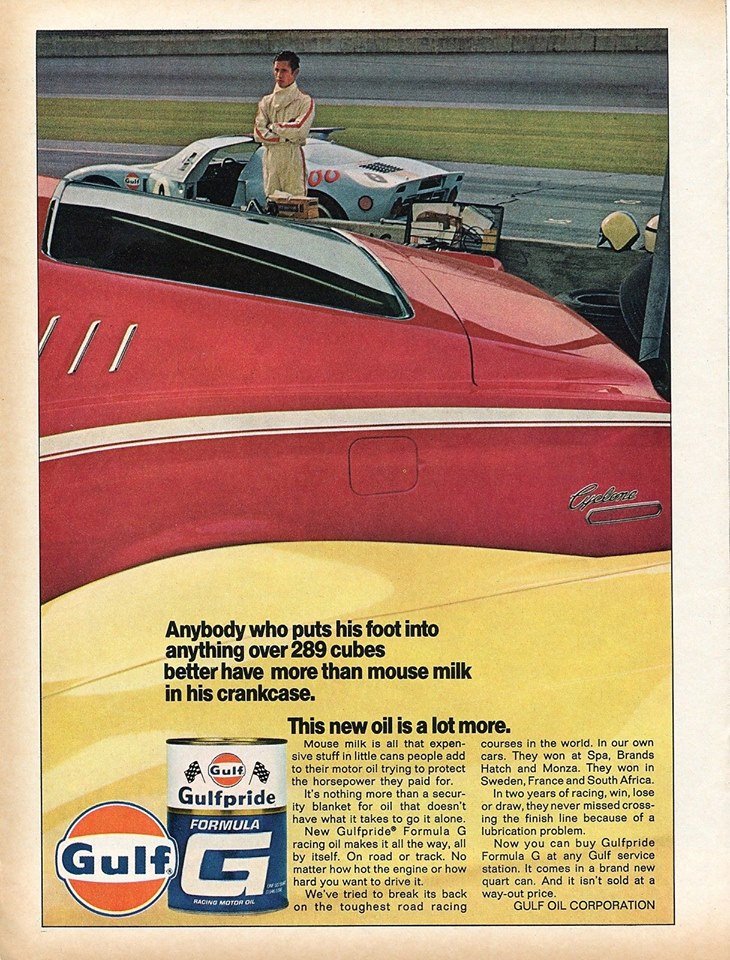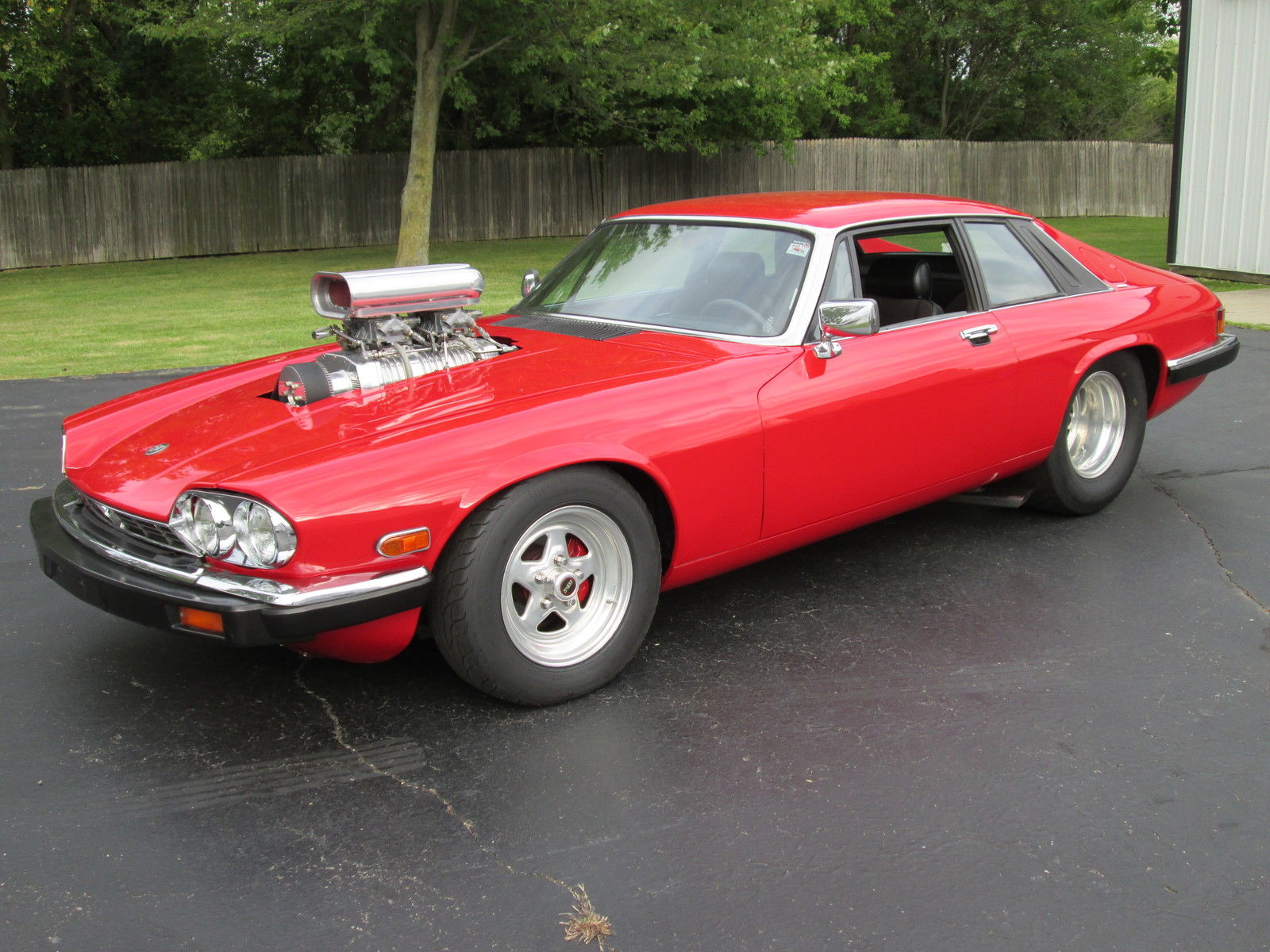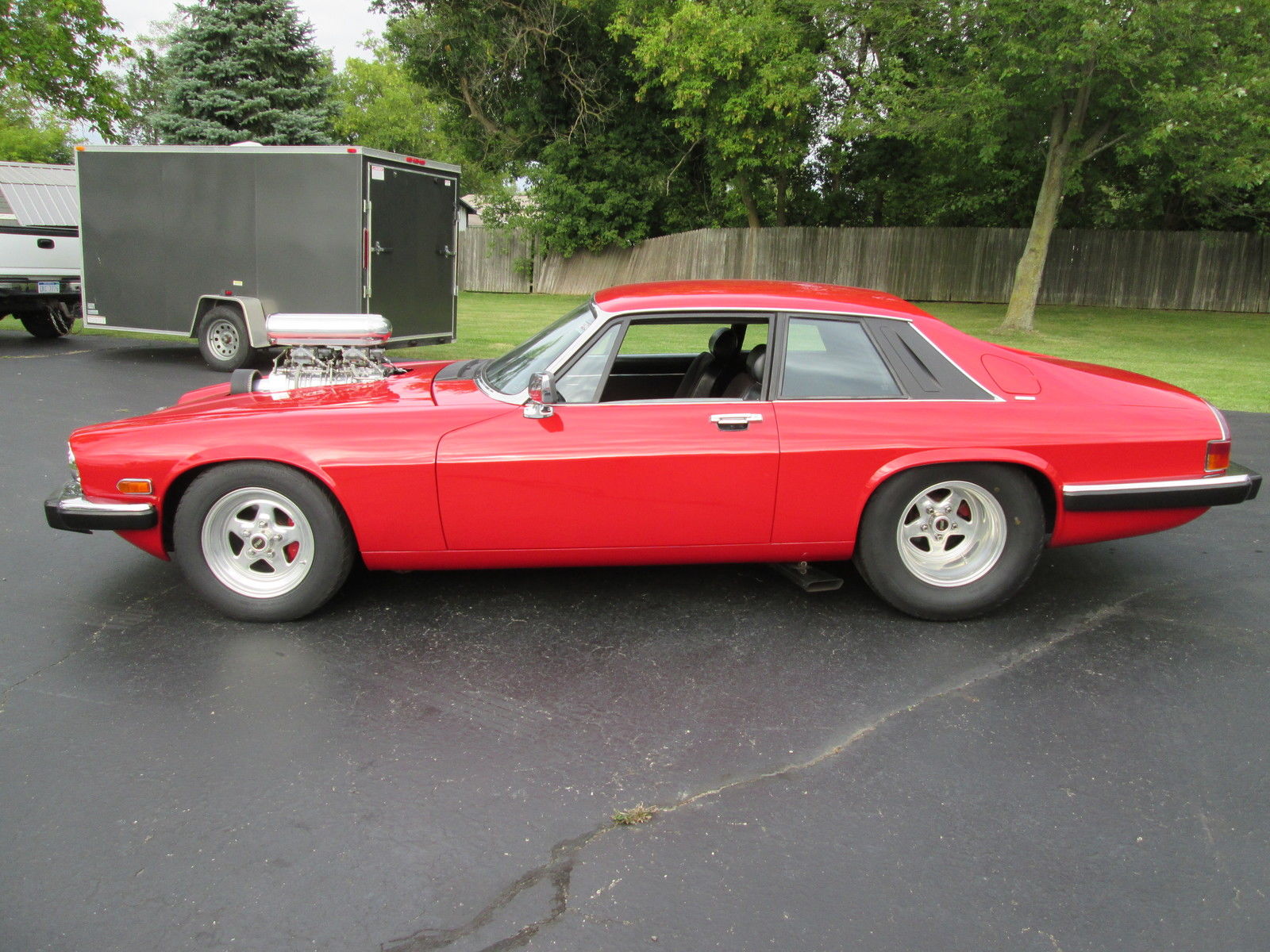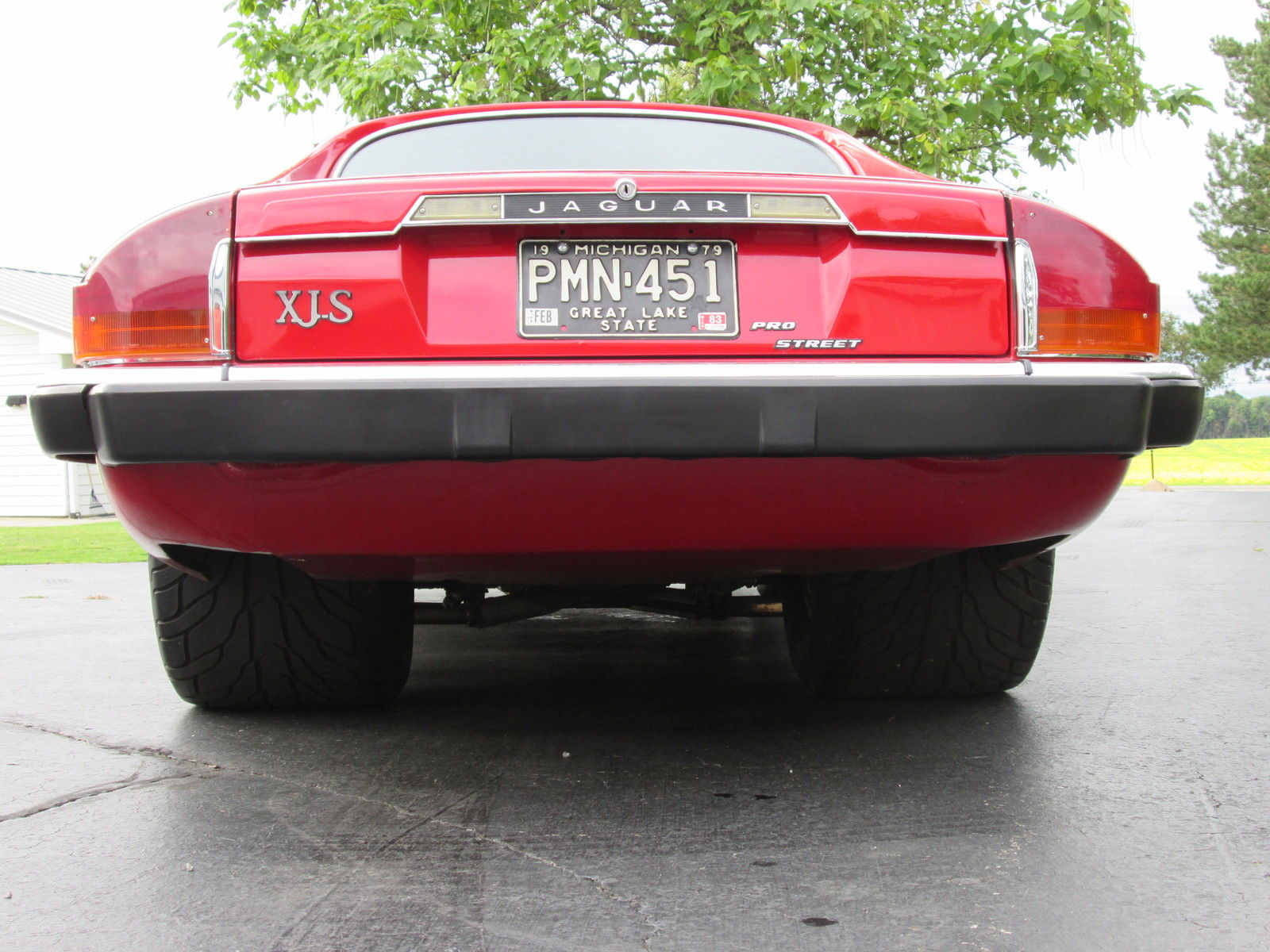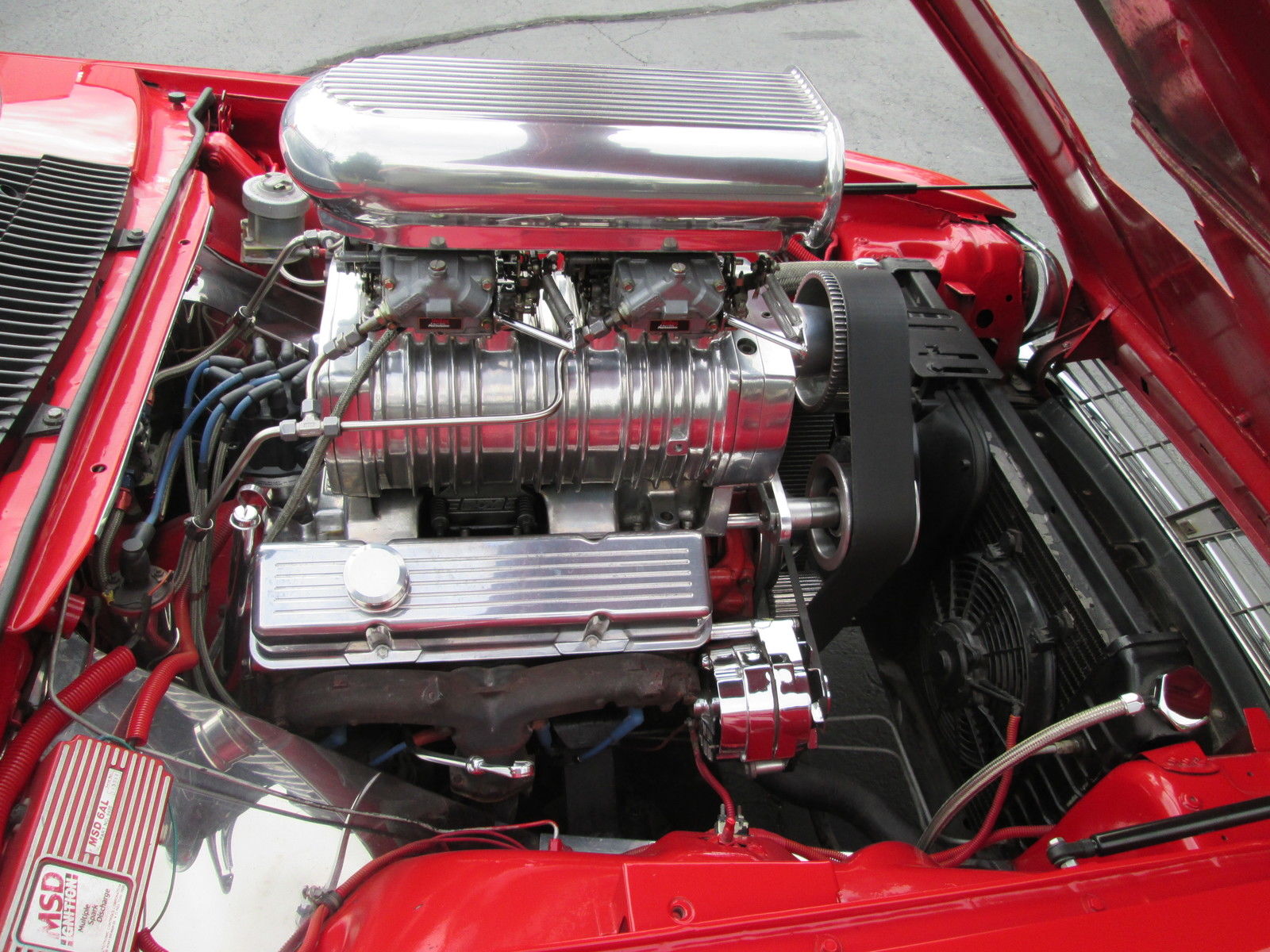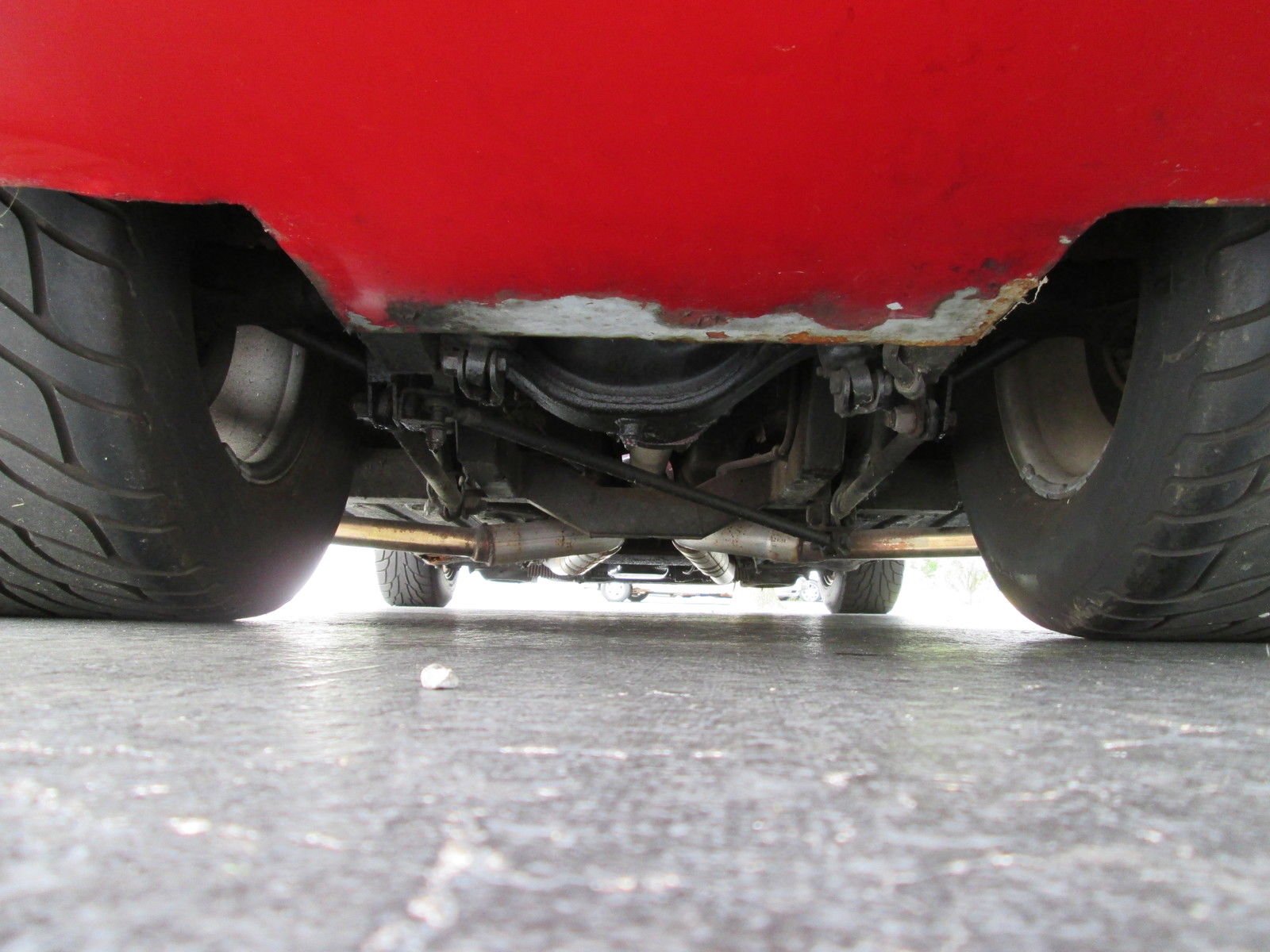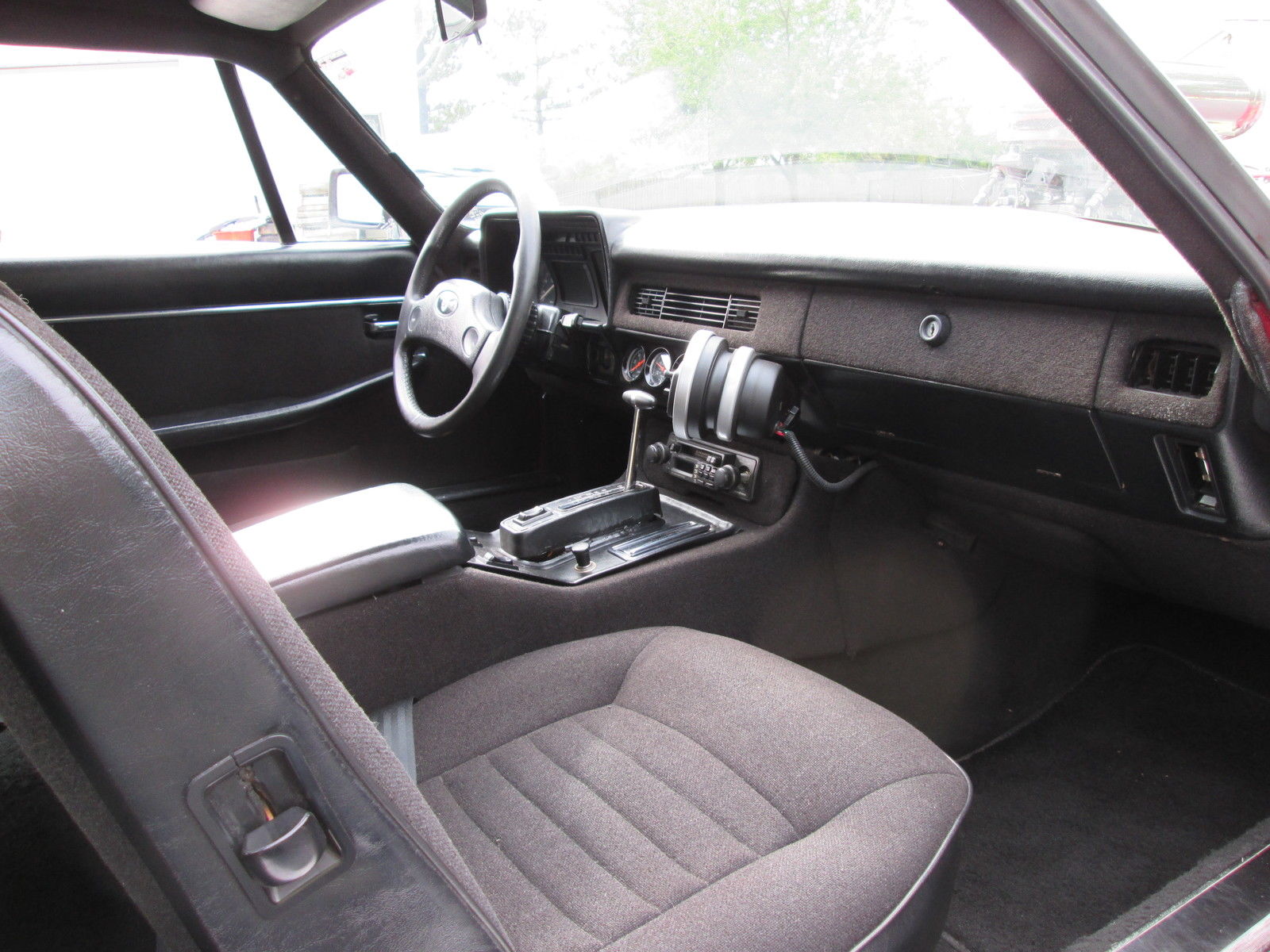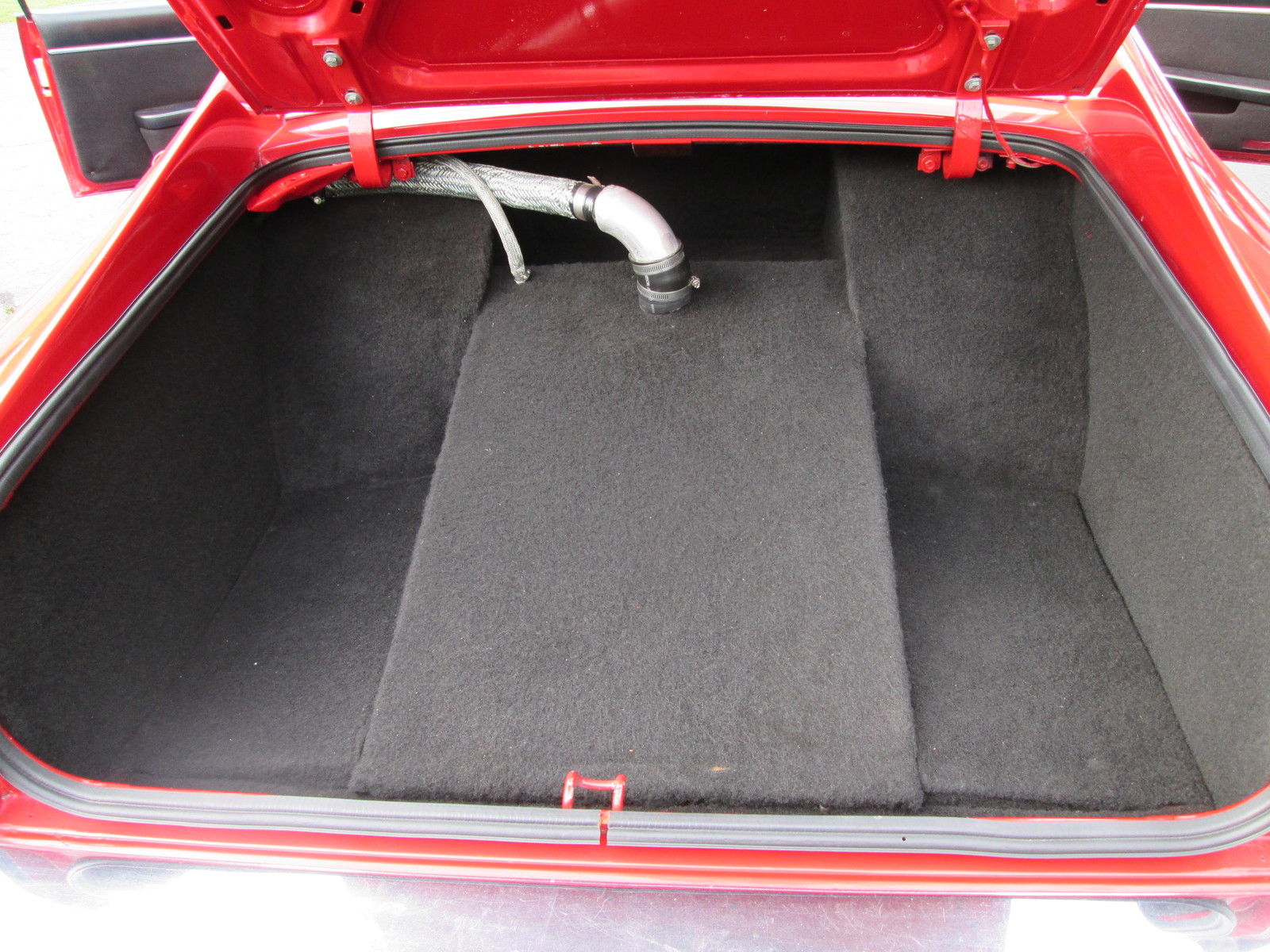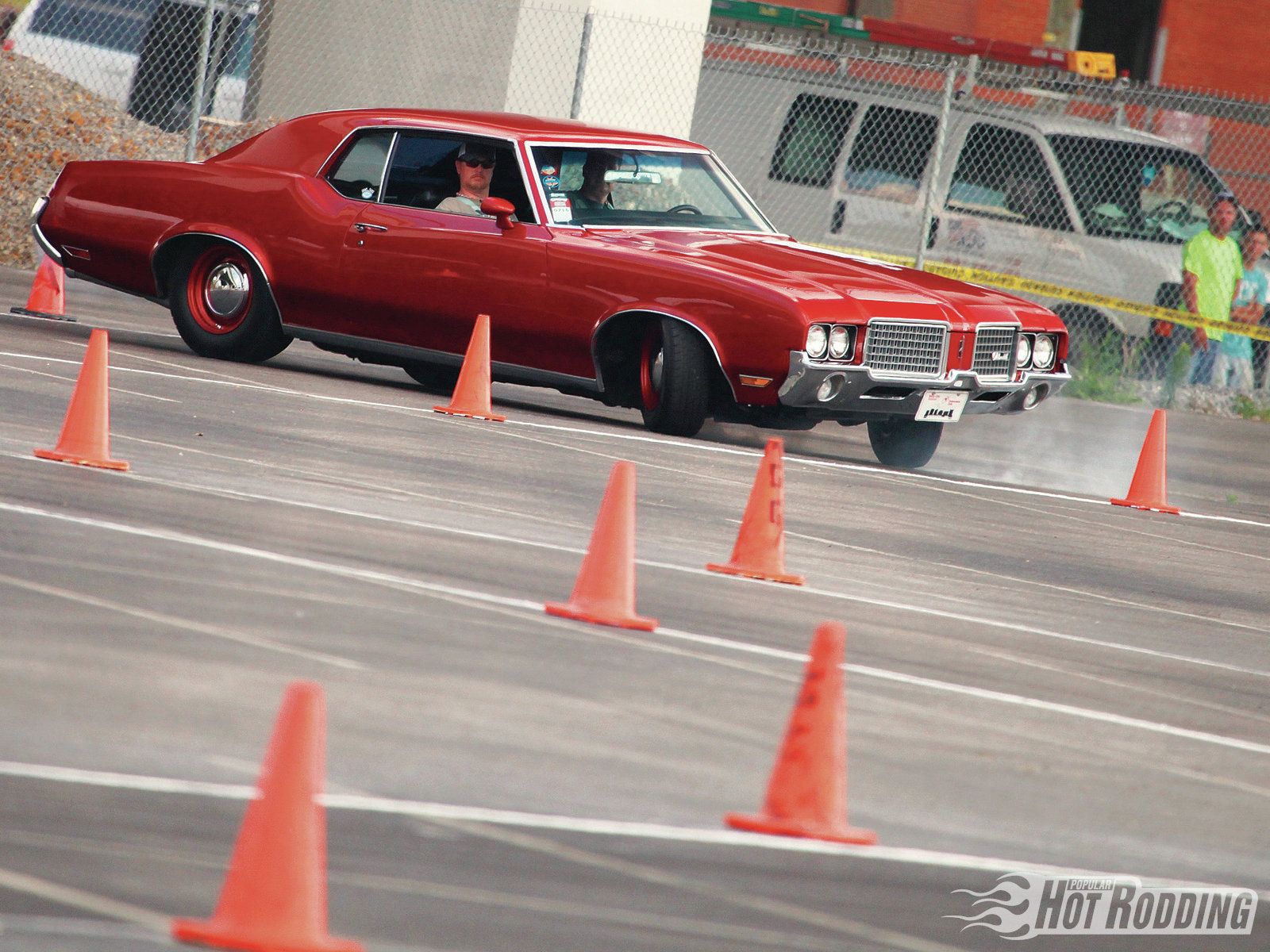31 October 2015
28 October 2015
Jag Mark X With XJR Engine - Ultimate X
Two Jags in a month on The Effect? Don't worry, I'm not about to turn into that dastardly Browns Lane hoarder, John Prescott. But having said that, if these two Jags were parked in my garage, the prospect of that horrifying thought becoming reality would be a whole lot more palatable. Now this feline hot rod doesn't display it charms in quite such an overt way as that rather outre XJS; not for this car a Jimmy-blown small-block and rear wheels the size of weather balloons, oh no. Now I'm a sucker for that Pro-Street look, but the way this 1966 Mark X keeps its muscle discreet is probably more to my liking.
The big, luxurious Jaguar Mark X saloon debuted in 1961 and was the company's largest and best equipped car to date. It was fitted with the XK straight six (taken to 3.8 litres), four-wheel disc brakes and was the first Jaguar saloon with fully independent rear suspension. The body styling was long, low and wide, and sported the now-familiar four headlight design theme that would evolve into to the XJ6 and go on to become the face of every Jaguar saloon for almost 50 years.
The Mark X wears its girth amazingly well; larger than the XJ6 that replaced it and until the XJ220's arrival in 1992, stood as the widest production Jaguar ever built. Rumoured at one point to have been designed to take the V12, it had to make do with that classic 1949 XK engine; classic but struggling to propel a two ton car in a manner that its looks deserved, not helped by sitting awkwardly on 14" wheels and a relatively narrow track.
But someone corrected that with this Mark X by installing the complete drivetrain from a 1996 Jaguar XJR; that means the suspension, ABS brakes, four-speed automatic transmission and of course its Eaton M90 supercharged 4 litre AJ16 inline six, with 322bhp and 378lbs/ft of torque.
This particular car was a solid but tired example ready for a restoration and judging by the pictures, the quality of the finish is up to the same standard as the engineering; brightwork have been restored to show quality levels while panel fit looks outstanding, and laser-straight paint cloaks the curvy body, accentuated by Aston Martin DB7 alloys filling the wheel arches.
In spite of the standard Mark X's performance, one thing it need have no excuses made for was the limousine-like interior. This was the last regular production Jaguar with a fully hand made wood, leather and wool drawing room in the manner that a contemporary Bentley or Alvis driver would appreciate. Large picnic trays have book-matched veneer, the dash is a solid expanse of polished timber and even the radio and analogue clock are trimmed in wood. One could even order it with an optional divider window for the true aristocratic experience. Suitably, it has been restored to the same standard as the interior; the seats have been recovered in gorgeous burgundy leather, the woodwork is exquisite and has been returned to original specification, with only the centre console being modified to fit the XJR's climate control panel and J-gate shifter.
The price for such a machine? Well this car cost the equivalent of just just over £50,000 which to be honest seems cheap; thats cheaper than a brand new XJ6 LWB (about £62,000 at time of writing). No contest when its worded like that, huh?
- Amazosan
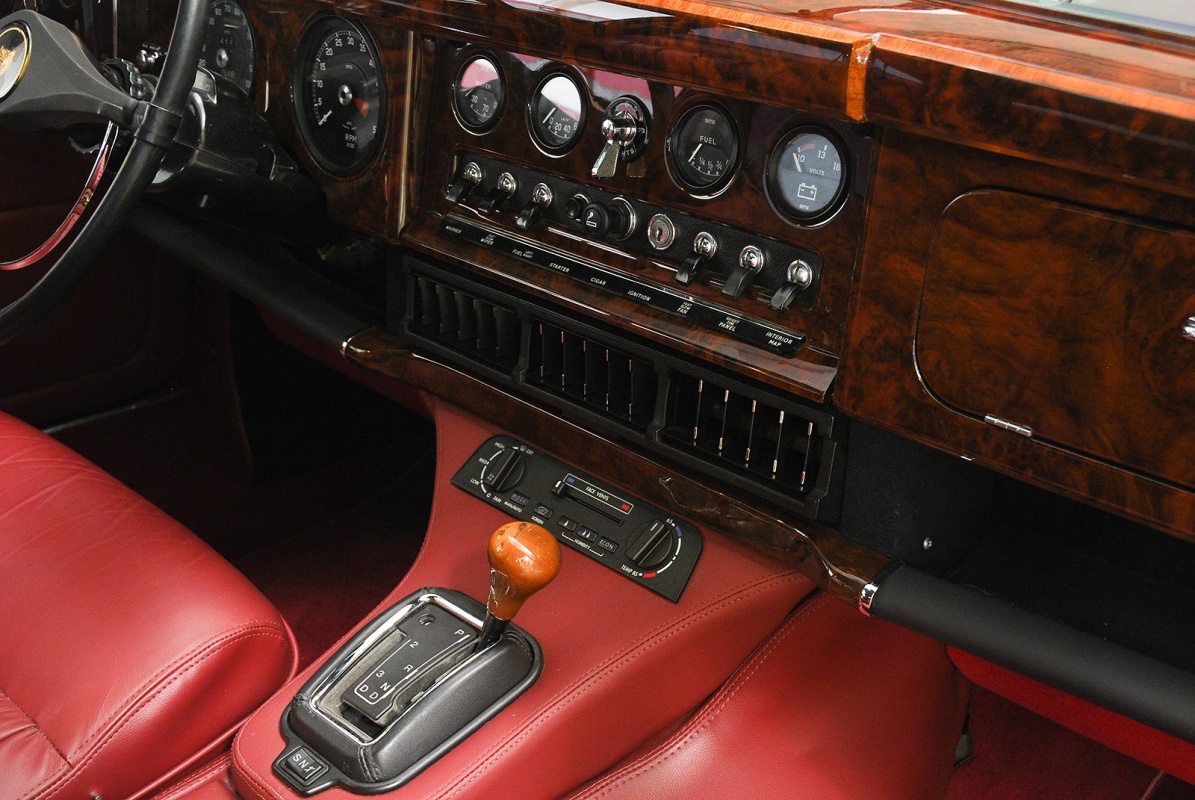 |
| J-gate shifter and |
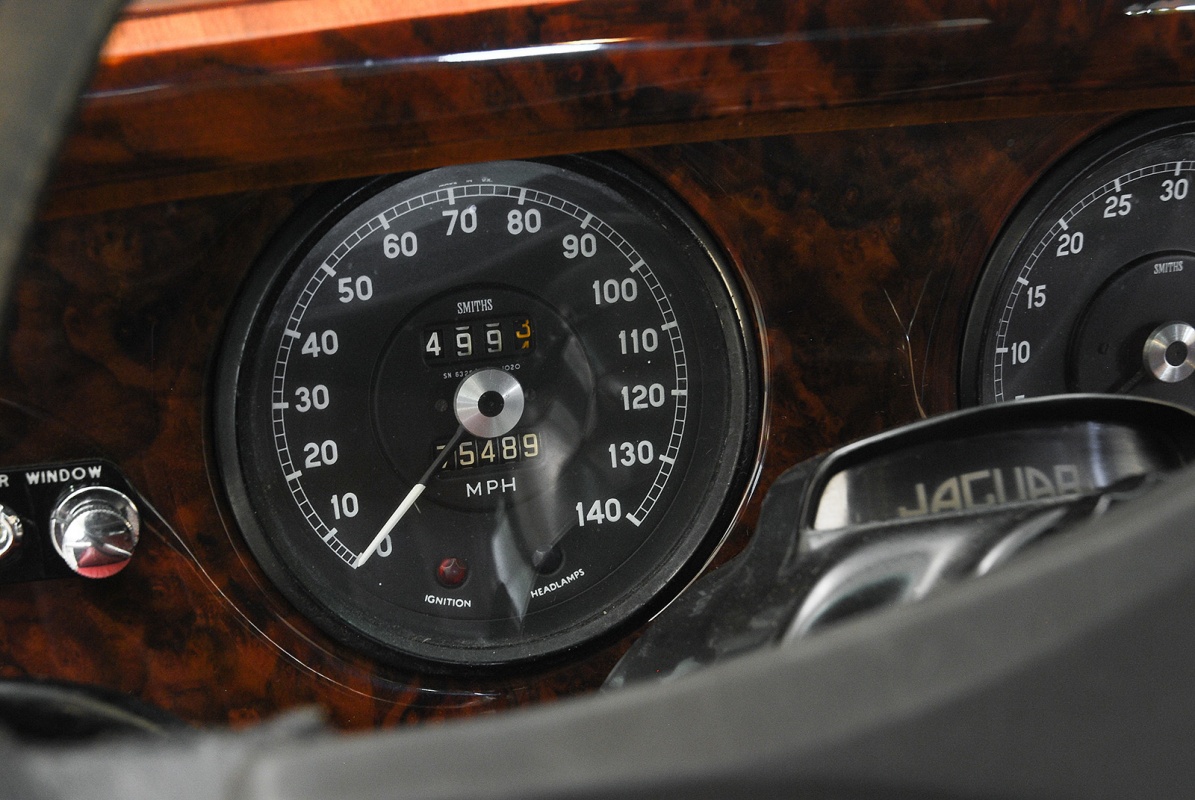 |
| A conservative estimate now? |
26 October 2015
Le Mans Testing Session, Paul Ricard Circuit , December 1997
Toyota TS020 GT-One Testing the Paul Ricard circuit; the car in question is chassis LM802, the no.29 car raced at the 1998 24 Hours of Le Mans, then later used as a test car. Early testing and development was handled by Martin Brundle, but later all nine drivers of the Toyota LeMans team were given opportunities to put the car through its paces.
23 October 2015
21 October 2015
The Back To The Future Poop Coupé - 1946 Ford Deluxe
For those who haven't kept a close eye on their calendars, today is 21st October 2015, or to Back To The Future fans the date that Marty McFly, Jennifer and Doc Brown traveled forward to in the first act of 1989's Back to the Future, Part II. We may not have hoverboards, self-drying clothes, Nike trainers with power laces and pizza hydrators, but there's still plenty to celebrate, like HD TVs (yay) and the death of the fax machine (aw).
But of course this is a (predominantly) automotive blog, so we're more interested in the vehicular delights of the film; yes yes we all know about the Delorean and that flying E24 6-series is of curiosity value, but these are cars that were modified for the film and are forever associated with it.
But there is one gem that stand in its own right as it was a normal road car, and that car is Biff Tannen's 1946 Ford Deluxe Coupé. Yeah, I said Coupé; Universal apparently couldn't find a clean '46 convertible to restore in the time they had, so they bought a Coupé and snicked off the roof (but forgot to fit a working convertible hood, so its brollies up when it rains).
The one featured in the video is the actual car featured in the film trilogy; its also the only BTTF car in private hands too. Must have been worth the purchase price just to recreate one aspect of the tunnel scene; no I don't mean trying to run over a teenager on a hoverborad, I mean flooring the throttle and hearing that flathead V8 roar.
- Amazosan
But of course this is a (predominantly) automotive blog, so we're more interested in the vehicular delights of the film; yes yes we all know about the Delorean and that flying E24 6-series is of curiosity value, but these are cars that were modified for the film and are forever associated with it.
But there is one gem that stand in its own right as it was a normal road car, and that car is Biff Tannen's 1946 Ford Deluxe Coupé. Yeah, I said Coupé; Universal apparently couldn't find a clean '46 convertible to restore in the time they had, so they bought a Coupé and snicked off the roof (but forgot to fit a working convertible hood, so its brollies up when it rains).
The one featured in the video is the actual car featured in the film trilogy; its also the only BTTF car in private hands too. Must have been worth the purchase price just to recreate one aspect of the tunnel scene; no I don't mean trying to run over a teenager on a hoverborad, I mean flooring the throttle and hearing that flathead V8 roar.
- Amazosan
19 October 2015
16 October 2015
14 October 2015
Slingshot - A Short Film By Les Mayhew
Think that driving a car fast down the quarter mile is easy because its straight? Think again.
A filmmaker called Les Mayhew has created an outstanding short film about nostalgia drag racing, in particular the 2014 NHRA Heritage Series Top Fuel Championship. Imagine that the 1960s AA/FD class never took Don Garlits' lead with mounting the engine behind the driver and evolved with newer technologies and you get the idea of of the Heritage Series.
Mind you, it has only evolved to a certain point; no pylon-mounted rear wings are allowed and the rear wheels are narrow by modern Top Fuel standards. That and the chassis flex make these cars as hard to handle as their 60s originals; Mayhew’s various camera angles illustrate that point and are captivating. And make sure you turn the volume way, way up; the film is as aural a treat as a visual one.
Enjoy.
- Amazosan
A filmmaker called Les Mayhew has created an outstanding short film about nostalgia drag racing, in particular the 2014 NHRA Heritage Series Top Fuel Championship. Imagine that the 1960s AA/FD class never took Don Garlits' lead with mounting the engine behind the driver and evolved with newer technologies and you get the idea of of the Heritage Series.
Mind you, it has only evolved to a certain point; no pylon-mounted rear wings are allowed and the rear wheels are narrow by modern Top Fuel standards. That and the chassis flex make these cars as hard to handle as their 60s originals; Mayhew’s various camera angles illustrate that point and are captivating. And make sure you turn the volume way, way up; the film is as aural a treat as a visual one.
Enjoy.
- Amazosan
12 October 2015
9 October 2015
7 October 2015
TWO - G2 P51 Combat Fighter by Confederate Motorcycles
Confederate Motorcycles started out 24 years ago in Baton Rouge, Louisiana, with the aim of producing the most exclusive, small-batch handcrafted thoroughbred motorcycles ever produced. Right from the start it was determined that the company would be design driven and product focused, with an engineering first approach to motorcycle design. Of the small run of models that they’ve produced over the years the G2 P51 Fighter by is possibly the epitome of that ethos; a bike that’s beautiful possibly because form follows function.
The original P120 Fighter debuted in 2009, a limited production all-aluminum 'streetfighter' motorcycle with a unique monocoque frame design and a powerful big inch V-twin that used the desig to its fullest. Now 6 years later, the P51 Combat Fighter is the second generation evolution (hence G2), and a lot has changed while retaining the original concept.
We see the first sign of Confederate's mindset in the frame; an in-house designed aluminum monocoque that they describe it as "the stiffest, most fatigue-resistant and lightest chassis capable of housing the greatest amount of torque as a percentage of weight ever achieved in all of motordom."
It has some innovative features too: the strongest part of the frame, at the headstock area, incorporates an intake box that leads the air through a structural downdraft manifold – an industry first, according to Confederate. At its highest point, the air filter element is housed in a canister-shaped box with transparent sides. The same see-through design is used for the petrol tank, which is located under the seat and is embodied in the rear part of the central beam of the frame.
The frame on it own would be a conversation piece, but the dialogue is only just starting. That front end is also designed and built in-house; the forks are double wishbones machined from 6061 aircraft-grade aluminium, with the outer supports designed to be aerodynamic, tubular wing blades. Bellcranks and a single coilover provide the suspension. That eyecatching rear swingarm is (again machined from 6061) and the rear suspension is fully adjustable; wheelbase for the whole ensemble is 64 inches.
The CX4 transmission is also designed by Confederate; a patented close-ratio 5-speed transmission derived from a drag racing-derived design; its a stress-bearing part of the chassis, putting the power down through an 18 inch BlackStone Tek solid carbonfibre rear wheel, with a 3.5 inch five spoke front wheel keeping it company.
French brake company Beringer takes much of the responsibility of stopping the bike; four-pot Aerotec radial calipers clamp Aeronal iron rotors at the front while a matching caliper is alllied to a cross-drilled Brembo stainless steel rotor at the rear.
The 57-degree V-twin has grown from 120 to 132 ci (1,966 to 2,163 cc) and the horsepower catapulted from 160 to 200 bhp. The torque output has made a huge leap forward as well, from 135 to 170 lb/ft . An prodigious power output from an air-cooled pushrod bike engine, and was achieved through the increased displacement and new cylinder heads,
This level of excellence does not come cheap though; they cost a smidge over $100,000 a piece. But with only 10 of each colour (black or blonde) being made, you're not likely to run across another one down the Ace café.
- Mr Fablulous
Original concept sketches; the reality seems to follows it very closely:
5 October 2015
2 October 2015
Pro Street XJS - Fat Cat, No Rat
The Jaguar XJS; at one time a car reviled by motoring enthusiasts purely because it was so different to the E-Type it replaced, so misunderstood because it was a grand tourer instead of a sinewy sports car, and so neglected by Jaguar at one point, it's initially a surprise that it lasted 20 years in production. But the 1980's saw Jaguar develop the car to ts full potential; first with changes to the V12 engine to make it more fuel efficient (well more efficient for a 12 mpg V12, anyway), then a brand new 6-cylinder engine (the AJ6, only the third engine ever designed by the company), and then cabriolet and convertible versions. In fact, when the XJS ended production in 1996, it went out with its head held high and with a tear in the eye of said motoring enthusiasts deriding it 20 years previous. Don't that beat all? Maybe not, but this 1983 example might. You don't need good ol' uncle Amazo to tell you that this cat has been eating it's Whiskas on a regular basis; or to be exact, a diet of American mouse...
The mouse in question is a small block Chevy; a 350ci with a 383ci 'stroker' kit, which would make it pretty meaty on its own. but the stroker crankshaft runs 8:1 compression pistons to enable that 15% overdriven B&M 8-71 blower to do its thang. Twin Holley 750cfm carburettors suck premium pump petrol, no doubt at a rate that would make the original V12 nod in approval, while an MSD 6AL distributor and electronic ignition light 'em up, with Corvette exhaust manifolds with 2 1/2 dual exhaust dumping 'em out. A 'built TH350 with 2800rpm stall converter and unknown shift kit transmit the big cat's urge to a narrowed Ford 9 inch rear end with 3:50 gears and an LSD - fairly mild, but sensible for regular street driving. Coilovers and a ladder bar setup keep the axle in suspense, while at at the front, its pretty much as Browns Lane intended; not a bad thing, considering that what resided in the engine bay before necessitated power rack & pinion steering and disc brakes. Weld Pro Street wheels sit in Mickey Thompson front and rear tyres; 6x15 inch front, 18x15 inch rear.
An owner of a standard XJS would largely feel right at home in the interior; I say largely, as although the standard dashboard and seats have been retained (and retimmed in tweed), the B&M tach and ancillary gauges would start to raise suspicion. The illusion would then be completely broken as soon as they turned round to reverse back; those huge carpeted tubs and 15 gallon fuel cell weren't no optional extras from new, while the lack of a roll cage seems surprise, given the car's potential.
The car went for just under $13k (about £8k)on eBay recently; with a few little glitched to fix to get it up to full roadworthy spec, methinks someone purr-loined a bargain.
- Amazosan
Subscribe to:
Posts (Atom)



